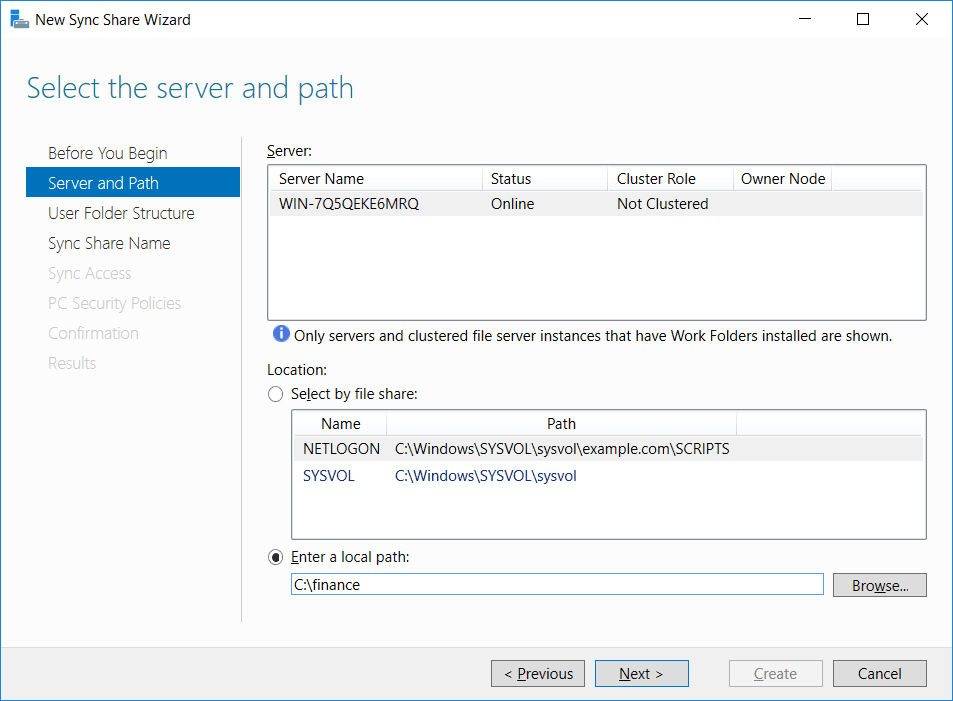

Windows Server 2012 R2 adds new layers of security through compound identities, claims-based access controls, and central access policies. You can grant network access to the Public folder as well however, doing so makes the Public folder and its contents open to everyone who can access the computer over the network.

With public folder sharing, on the other hand, files copied or moved to the Public folder are available to anyone who logs on locally. You control local access to files and folders by using the security settings on the local disk.

With standard file sharing, local users don’t have automatic access to any data stored on a computer. Separate password protection isn’t needed in a domain because only domain users can access Public folder data. When a computer is part of a workgroup, you can add password protection to the Public folder. Some additional permissions are added as well. When you copy or move files to the Public folder, access permissions are changed to match those of the Public folder. Access permissions on the Public folder determine which users and groups have access to publicly shared files in addition to the level of access those users and groups have. ? Public folder sharing Allows local users and (optionally) remote users to access any files placed in the computer’s %SystemDrive%UsersPublic folder. You do not need to move the files you are sharing. Share permissions and access permissions together enable you to control who has access to shared files and the level of access assigned. When you share a folder or a drive, you make all its files and subfolders available to a specified set of users. ? Standard (in-place) file sharing Allows remote users to access files, folders, and drives over the network. The two file sharing models that Windows Server 2012 R2 supports have the following differences: Be sure File Sharing and Printer Sharing are unchecked in the list on the left.The sharing settings on a computer determine the way files can be shared.


 0 kommentar(er)
0 kommentar(er)
